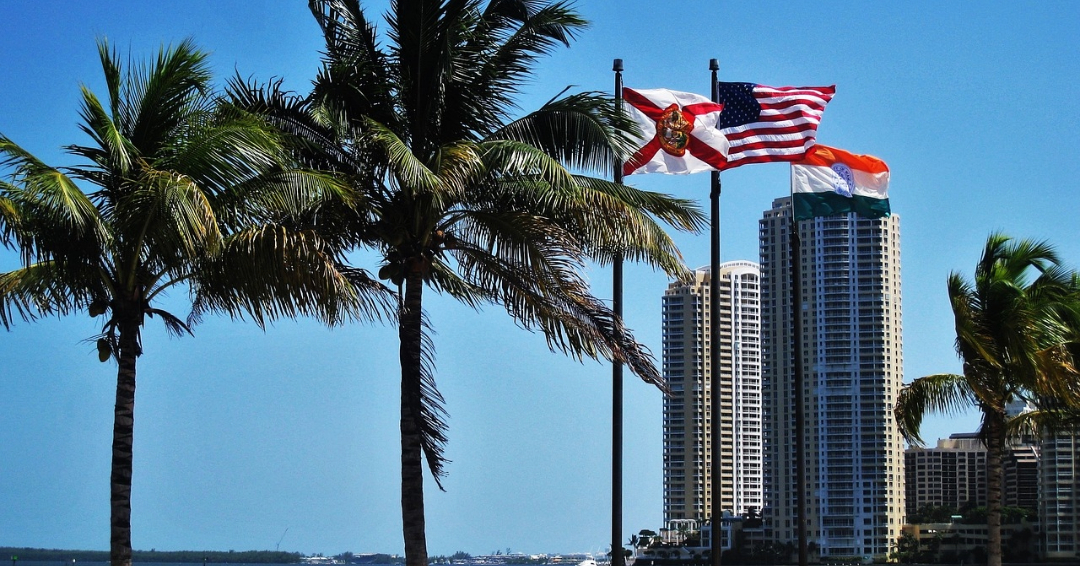In the realm of healthy living, a surprising discovery has emerged—one that links the greenery in our neighborhoods to the health of our hearts. Recent research from the European Society of Cardiology has highlighted an interesting association between living in a greener environment and a reduced risk of heart disease and stroke over a relatively short period of 5 years.
The study focused on investigating how the amount of vegetation in neighborhoods impacts cardiovascular health. Their analysis of nearly a quarter-million seniors in Miami involved using satellite images to categorize different city blocks based on their greenness—low, medium, or high. They found people living in areas with more greenery had a 16 percent lower risk of developing new cardiovascular diseases compared to those in less green spaces. Moreover, those who moved from less green to more green neighborhoods saw a significant 15 percent decrease in their chances of facing cardiovascular issues.
But why does this correlation exist? Researchers believe that living amidst nature might encourage more outdoor activities and lower stress levels, contributing to a healthier lifestyle. Additionally, green spaces might act as a shield against noise and air pollution. There is an interesting conclusion : investing in tree planting and greening neighborhoods is a low-cost endeavor that could yield substantial health benefits. The cost of a single emergency room visit due to a heart attack could be comparable to planting trees in a neighborhood, potentially preventing multiple heart diseases within that community.
Source: Universal Sci

